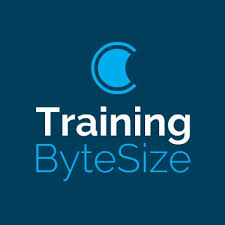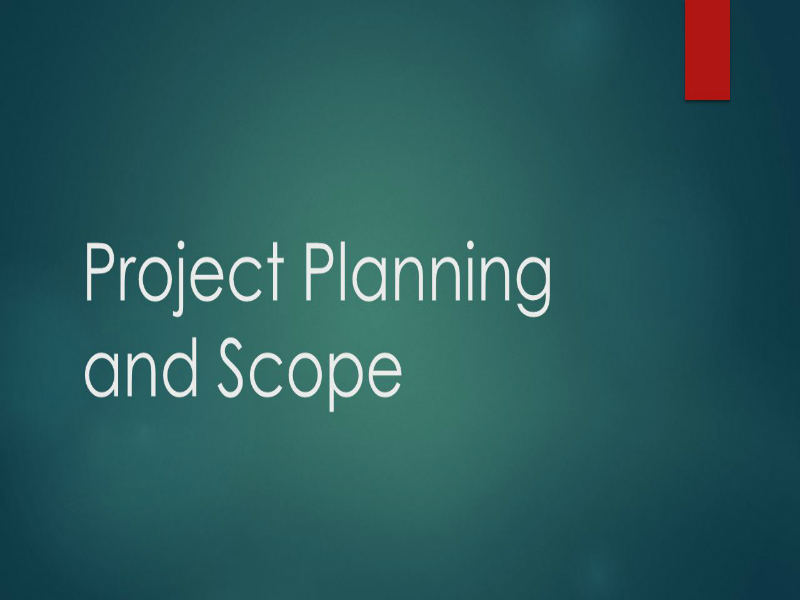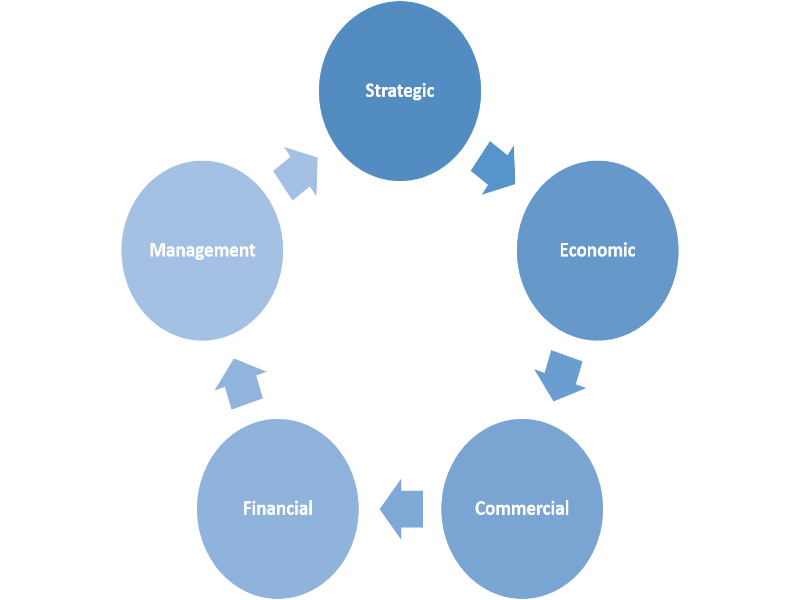What is AgilePM?
The Agile Project Management™ (AgilePM) certification aims to address the needs of those working in a project-focused environment who want to be Agile. It provides organisations with a leaner, more structured approach to project management enabling them to respond far more quickly to change and provides a way to implement high-priority initiatives. It works alongside formal approaches such as PRINCE2® and compliments quality processes such as ISO 9001 and CMM1.
Based on the proven fundamentals within DSDM Atern, the certification provides the ability to deliver Agile Projects in organisations requiring standards, rigour and visibility around Project Management, while at the same time enabling the fast pace, change and empowerment provided by Agile.
The Training ByteSize Foundation course will:
- Explain how to lay the foundations for successful agile projects.
- Explain how an agile project is managed.
- Clarify the different management styles needed for successful agile projects (compared to “traditional” projects).
- Provide integration with PRINCE2®.
Why AgilePM Foundation?
The Foundation AgilePM certification lives up to its name by providing the users of the method with the core principles needed to facilitate a successful project, while allowing a degree of scope and agility that not many other methodologies provide. With a clear, concise and detailed perspective on project productivity, the AgilePM certification is useful to all candidates and competency levels ranging from highly experienced project managers to those new to the industry.
Why buy this course?
Having specialised in the development of elearning training courses for over 12 years you can be assured of an exceptionally high quality, interactive product. The delivery of the training course is through a truly collaborative online learning platform, ideal for organisations with a global reach. The course is approximately 10 hours long, interactive and uses audio and animation to create an interesting and involved training programme. The Virtual Learning Environment brings together forums, discussions, resources, social media, support videos and much more.
- Re-enforce your knowledge before sitting the final exam by completing the interactive quiz after each session and the mock exam quizzes at the end of the course. This will significantly enhance your understanding of the method.
- The beauty of elearning is you can study in bite size chunks, having the bookmarking system you can just pick up where you left off.
- Take the exam in the comfort of your own home using your webcam anytime, any day - it has never been easier to sit your exam.
AgilePM Foundation
Session 1- Introduction
- Objectives
- Agile History
- The Agile Manifesto
- DSDM Atern
- DSDM Principles
Session 2- Roles & Responsibilities
- Objectives
- DSDM team
- DSDM Roles
Session 3- The DSDM Process and Products
- The DSDM Process
- Pre-project phase
- Feasibility phase
- Evolutionary phase
- Deployment phase
- Post project phase
Session 4- Techniques
- Facilitated workshops
- MoSCoW prioritisation
- Iterative development
- Time boxing
- The SRUM process
Session 5- Planning and Control
- Objectives
- Project Planning Concepts
- Testing Concepts
- Planning and Quality
- Tracking and Control Concepts
Exam Format
For the 2014 exams aligned to Handbook v2.0
- Multiple choice format
- 50 questions per paper
- 50 questions per paper
- 40 minutes duration
- Closed book
Benefits for Individuals
- Develop a more advanced, applied level of knowledge to gain an understanding of agile and the ability to apply relevant project management methods, leading to successful agile projects.
- Clarify different management styles needed for successful agile projects compared to traditional projects and be able to tailor these to the situation.
- Actively promote trust and close co-operation between the business and developers and gives the business ongoing visibility into what is happening.
- Combine knowledge of more traditional management methodologies with agile to better adapt to a changing business environment.
- Improve time-to-market and project success rates while simultaneously accelerating results by encouraging stakeholder involvement, feedback and effective controls.
Benefits for Organizations
- Deliver change faster, at a lower cost and with lower risk by continually validating project milestones against business objectives.
- Complements and works with existing corporate processes such as PRINCE2®, quality and audit processes which improves rigour and visibility around project management, leading to a proven track record of successful delivery in a corporate environment.
- Simply adopt a tried and tested approach rather than developing and integrating a company-specific agile management process.
- Achieve better communication and control over projects and adapt project plans without disrupting the project budget, timescale and scope.
- Develop professionalism in employees and include agile certification in employee professional development schemes.





